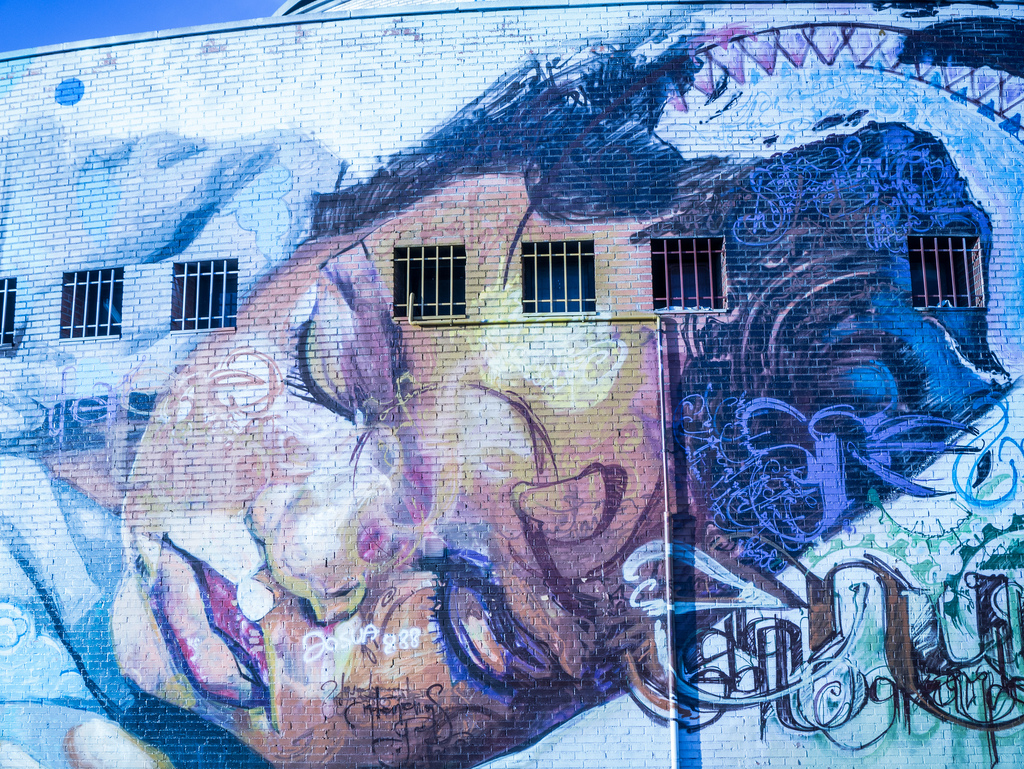
When to write and when not to write has not always been clear. Over the years, something I’ve learned is this: Writing looks different at different times, both in terms of how I practice writing and in terms of the content of my stories.
I have learned that when I am completely stressed out and shut down, writing is just not on the table. Being able to stop and not write has sometimes helped me to recover when I am feeling adrift or at odds. It has helped me regain a sense of being human. There have been times during the pandemic when I have experienced this to be the case. I am just too stressed. I am doing well to think and survive, much less write, much less create.
But there are times when I think I just need to be OK with whatever I am moved to write, no matter how I feel. In these moments, my mood may not always be optimal. The “voice” I had imagined when I was thinking in my head about the story during a “pre-writing” phase may not necessarily gel when I finally put the words on the screen or page. But these are the times I feel it absolutely necessary to engage with writing. Sometimes I can’t even concentrate on other things, such as reading, until I have tried to put into some form thoughts and ideas swimming just below conscious thought. The entryway to these thoughts and ideas take the form of an image or memory or even a cadence or tone of a voice.
I have been criticized for my plethora of words on my blog, for just writing willy nilly. Another person has responded to an experimental story that I created for a workshop by saying it was something someone writes when they don’t know what they are doing. (Lol.) Another writer says I vomit on the page. Lovely.
People say things for all sorts of reasons. Really, the only thing that is important to me is: Am I am feeling myself move along? Is something coming out of me that may have been stuck before? It is probably not in its final form, but does it feel new to me? Does it have life? Sometimes the answer is no. And yet it is still by no means wasted effort. A mentor taught a group of us that early efforts are often scaffolding and absolutely essential in building later, more mature structures. But if there is life there in its nascent form, maybe at some point it will live on in a final form as a re-visioning.
Here is what Virginia Woolf wrote in A Room of One’s Own: “Literature is strewn with the wreckage of those who have minded beyond reason the opinion of others.” I take the liberty to include the opinions of both writers and nonwriters. I have learned I have to do what I feel is best when it comes to creating on the page.
I took a workshop led by a local writer who knew me well and who singled me out among the many participants and told me not write “anything weird,” to just do the writing exercise. I made sure I wrote the weirdest thing I could dream up that day though normally I would just have written anything that occurred to me, weird or otherwise.
What I like about a blog is that it gives me the chance to try new approaches with very little risk. If I write for me and me alone, there is no risk. The beneficial aspect is to receive some feedback if even in subtle ways – views, followers, sometimes a like, sometimes a comment.
One way I try to support friends or colleagues who are about to engage in a workshop or class or any other creative project is tell them to think about what they want out of it. If I am going into a workshop and am assigned an exercise, I will always relate it to something I am working on already, or something I already know I want to work on. This way, I come out with material. This way, I am fully engaged. This way, I am not spending too much time trying to land on an idea. And criticism is easier to take when you have your own motives. You know in the end you are the view that counts, though yes of course others may have valuable contributions. But make any creative endeavor yours.
Another aspect of blogging is the discipline of going back to the posts being read as evidenced in the statistics. I will go back to those pieces and I will almost always see ways I can improve them, whether in some developmental sense or something more basic. I try not to feel bad or embarrassed or overly apologetic. I think instead of a concept I have explored earlier in this blog about creating in community: “Create with Sand.” Everyone contributes – readers, other writers, mentors, books that have been read, media consumed. When we make corrections publicly, this is an acknowledgement of this and a way to stay grateful and connected.
Any work you do is never waste. Unfortunately some people believe that and it’s a shame. But all work you do is raw material and there is no need to explain or apologize. Just keep moving. Do your thing. Often something I’ve worked on in rough draft comes back to me in another piece. Or research I did for a now defunct story becomes a useful piece of another story.
So while there are times to rest, times to let the creative field go fallow, there are also times to keep moving. Only you can know when those times are. Just don’t let anyone else determine those times for you and don’t let anyone else’s criticisms keep you from pulling out of yourself what needs life and breath and air.
